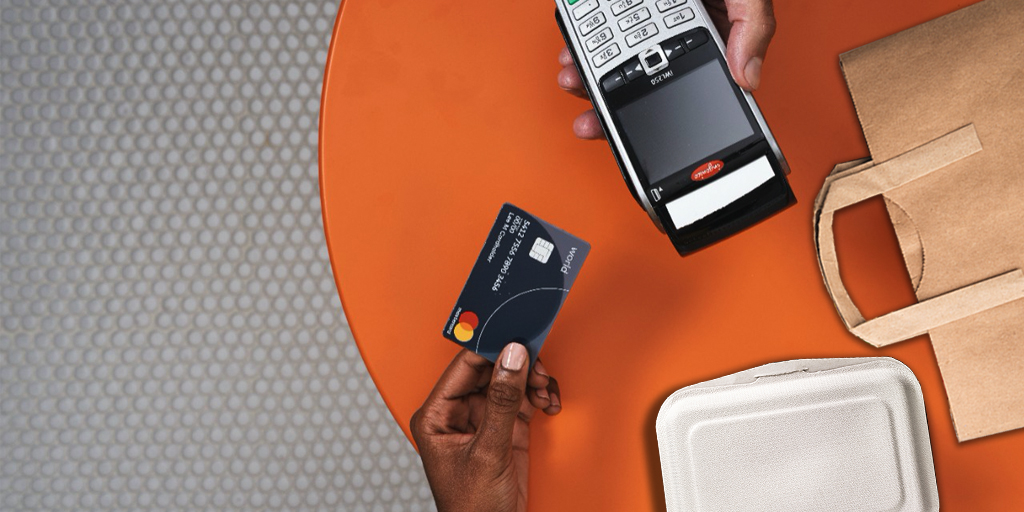Mastercard Study Shows Consumers across Middle East and Africa Make the Move to Contactless Payment for Everyday Purchases, Seeking Touch-Free Payment Experiences
May 5, 2020 | Kuwait City, Kuwait
- According to global consumer sentiment data, more than 70 percent of respondents in the Middle East & Africa are now using some form of contactless payment
- In Kuwait, the contactless payment limit was raised to KWD25, helping consumers to safely and hygienically pay for groceries and other items during the COVID-19 pandemic
- Between February and March, contactless transactions grew four times as fast as non-contactless transactions in the grocery and pharmacy categories
During March, as many countries in the Middle East imposed necessary restrictions on social distancing, a significant majority of consumers turned to contactless for necessary purchases. 70 percent of respondents in the Middle East & Africa say they are now using contactless payment, citing safety and cleanliness as key drivers. Consumer polling by Mastercard, studying changing consumer behaviors in 19 countries around the world, paints a picture of accelerated and sustained contactless adoption.
The act of running to the store for eggs, medicine and other necessities has changed dramatically. Shoppers around the world have had to adjust to social distancing measures and other new challenges when buying everyday supplies for their families and loved ones. This shift in consumer behavior is particularly clear at checkout as people express a desire for contactless and voice concerns over cleanliness and safety at the point of sale, according to the new Mastercard study. As of Feb 2020, the POS transaction acceptance penetration in Kuwait stands at nearly 50%.
In fact, findings from respondents in the Middle East & Africa show:
- Contactless Move to Top of Wallet – Perceptions of safety and convenience have spurred a preference for contactless and reminded consumers of the convenience of tapping on a global scale. Six in ten (61 percent) respondents in the region have swapped out their top-of-wallet card for one that offers contactless.
- Confidence in Contactless – The global disruption has led to increased concern from consumers on cash usage and positive perceptions towards contactless due to the peace of mind that it provides. 70 percent of respondents in the region say they are now using some form of contactless payment. Amidst the pandemic, 84 percent agreed that contactless is a cleaner way to pay. Furthermore, 79 percent said contactless payment methods have been easy to adopt. Contactless payments are up to 10 times faster than other in-person payment methods, enabling customers to get in and out of stores faster.
- Contactless is Here to Stay – We are in a sustained period in which consumers are making purchases in a very focused way; it’s reinforcing contactless use in markets where adoption is more mature, and it’s stimulating use in newer markets. This trend appears to be here to stay. Nearly 64 percent confirmed that the pandemic has led them to use less cash, and 81 percent said they will continue to use contactless post pandemic.
“Kuwait’s government has been formidable in keeping citizens and residents safe. Without a doubt, social distancing is very important right now, and that also applies to publicly shared devices, like point of sale terminals and checkout counters. This realization is driving acceptance, along with the fact that secure card transactions up to KWD 25 can now be made without a pin. Additionally, at Mastercard, we are working with our partners to pave the way for a wider roll-out of digital wallets across the country in the future,” said Somu Roy, Mastercard’s general manager for Qatar, Kuwait and Iraq. “When it comes to paying in a safer, cleaner, and faster way, Kuwaitis are recognizing contactless as a payment method that provides control over human-to-human interaction and peace of mind.”
Contactless Tipping Point
Mastercard has been spearheading the worldwide shift to contactless for years, championing simple, safe and fast way to pay. As consumers increasingly seek out ways to quickly get in and out of stores without touching terminals, Mastercard data reveals approximately 40 percent contactless growth globally in the first quarter of 2020. Further, 80 percent of contactless transactions are under $25, a range that is typically dominated by cash.
In the past few weeks, Mastercard announced commitments to increase contactless payment limits in more than 50 countries worldwide, including Kuwait, where local banks agreed with the Central Bank of Kuwait to raise the limit to KWD 25. Limit increases were part of Mastercard’s global effort to make sure consumers, merchants and small businesses have the resources to safely pay, receive payment, and maintain operations during the COVID-19 crisis.
While countries worldwide are at different stages of contactless deployment and usage for daily shopping habits, Mastercard’s insights on grocery and pharmacy trends – two areas where many day-to-day essentials are being purchased – showed that nearly all regions experienced significant spikes in contactless usage in February and March. Further, reinforcing changing behaviors and consumer checkout preferences, Mastercard saw the number of contactless transactions grow four times as fast as non-contactless transactions in Middle East and Africa at grocery stores and pharmacies. 2
Just last month, Mastercard announced commitments to increase contactless payment limits in more than 50 countries worldwide across Europe, the Middle East, Africa, Asia Pacific, New Zealand, Latin America and the Caribbean, and Canada, among others. Limit increases were part of Mastercard’s global effort to make sure consumers, merchants and small businesses have the resources to safely pay, receive payment, and maintain operations during the COVID-19 crisis.